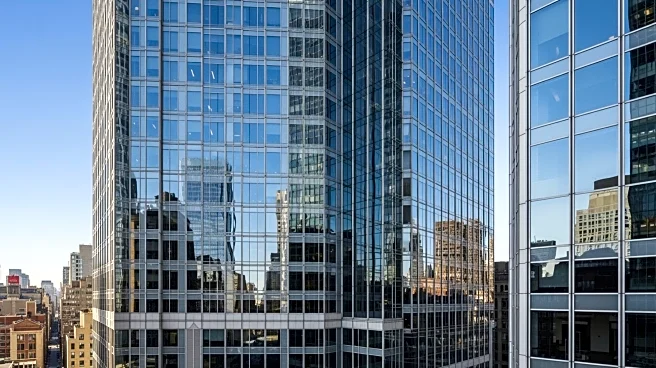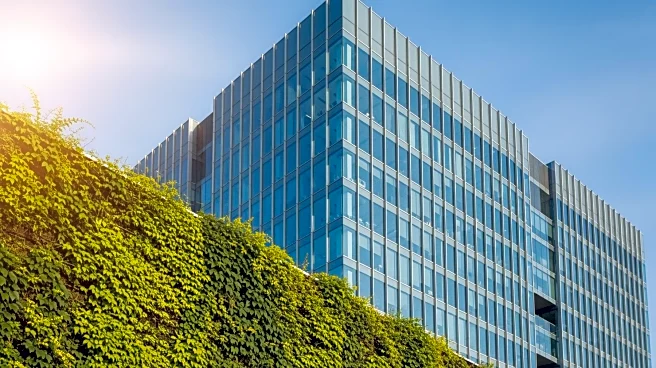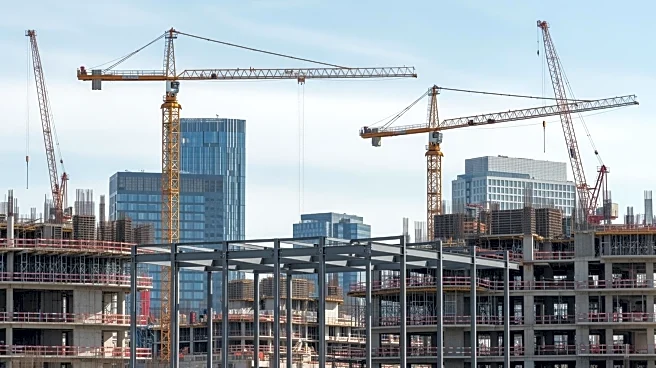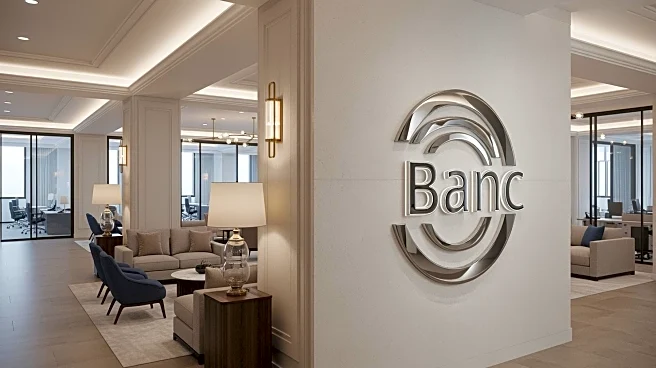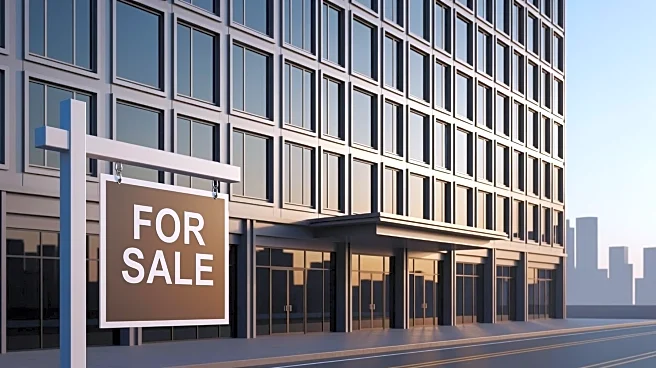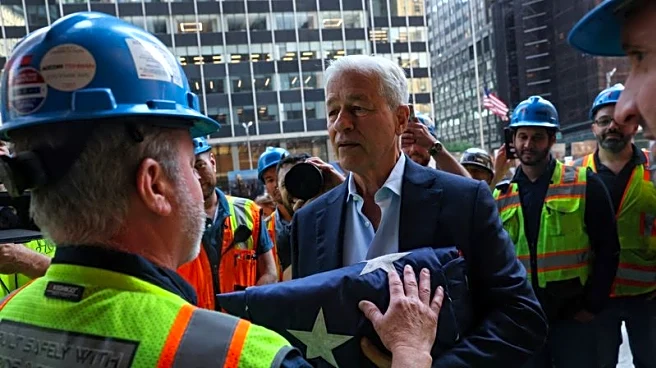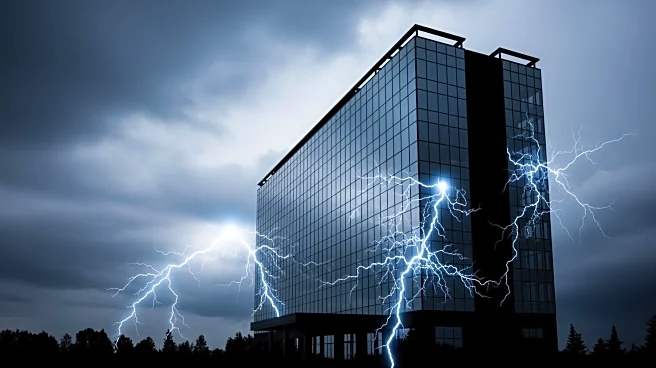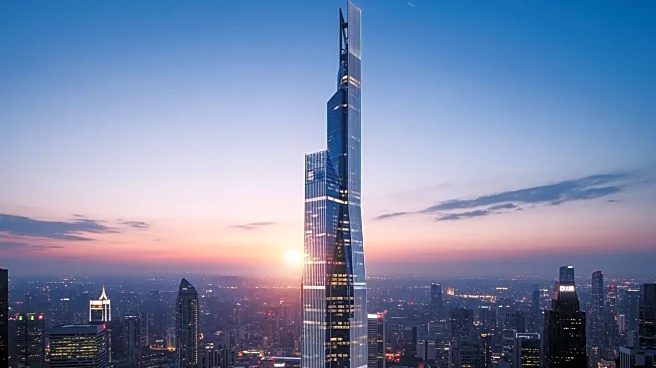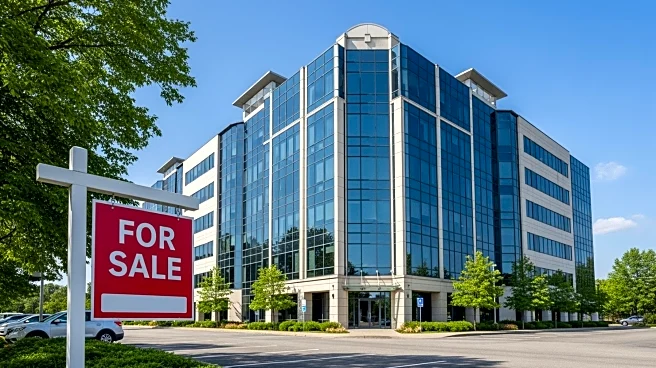What's Happening?
Midtown Manhattan's real estate market is experiencing a significant boom as the return-to-office trend gains momentum. RXR Realty has reported four new leases totaling 25,000 square feet at 75 Rockefeller Plaza, with Fenergo occupying 4,670 square feet on
the 22nd floor. Other tenants, including Ayson Corp. and Rand Merchant Bank, have renewed their leases, while Quinbrook has expanded its space. The competitive office market is driving demand for prime locations and high-quality buildings, with asking rents at 75 Rockefeller Plaza ranging from $105 to $110 per square foot. Additionally, BXP has secured financial firm C.V. Starr as the anchor tenant for its $2 billion project at 343 Madison Ave., linked to Grand Central Terminal. The construction pipeline is at near historic lows, with only 3.2 million square feet in active construction, a 22% decrease from the previous quarter. This scarcity of new space is expected to drive up rents further.
Why It's Important?
The resurgence in Midtown Manhattan's real estate market is a critical indicator of the broader economic recovery and the shift back to in-person work environments. As companies return to office spaces, the demand for prime real estate locations is increasing, potentially leading to higher rental prices. This trend benefits real estate developers and landlords who can capitalize on the growing demand for office space. However, it also poses challenges for businesses seeking affordable office locations, as the limited construction pipeline may exacerbate rental costs. The return-to-office movement is a pivotal factor in revitalizing urban centers, boosting local businesses, and stimulating economic activity in the area.
What's Next?
As the demand for office space continues to rise, real estate developers may need to accelerate construction projects to meet the growing needs of businesses. The scarcity of new construction could lead to increased competition among companies for available office space, potentially driving up rental prices further. Stakeholders, including developers, businesses, and local governments, may need to collaborate to address the challenges posed by limited space availability and ensure sustainable growth in the real estate market. Additionally, the influx of employees returning to office environments is likely to benefit local businesses, such as restaurants and retail stores, contributing to the economic revitalization of Midtown Manhattan.
Beyond the Headlines
The shift back to office environments may have broader implications for urban planning and transportation infrastructure. As more employees return to work in city centers, there may be increased demand for public transportation and improved infrastructure to accommodate the growing workforce. This trend could also influence residential real estate markets, as employees seek housing options closer to their workplaces. The return-to-office movement may prompt discussions on work-life balance and the future of remote work, as companies navigate the evolving landscape of employee preferences and productivity.
